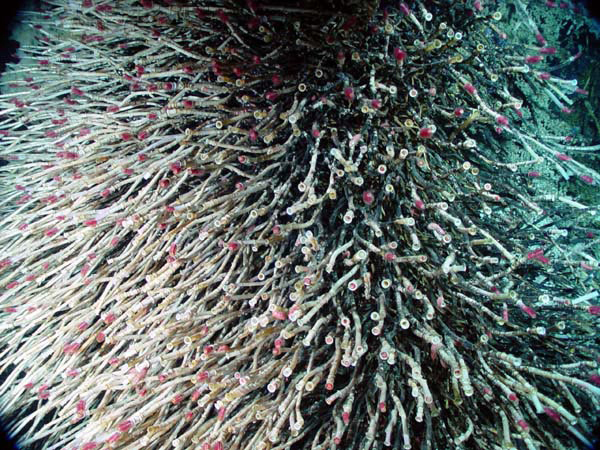Iris
a burst of iris so that
Bearded Iris
come down for
breakfast
we searched through the
rooms for
that
sweetest odor and at
first could not
find its
source then a blue as
of the sea
struck
startling us from among
those trumpeting
petals
Williams' opening line a burst of iris stimulates a search for the sweetest odor that, in turn, reveals a blue as of the sea. Williams closes his poem with trumpeting petals, a word implying shape and sound.
 |
"the lightning conductor for my illness"Van Gogh felt by continuing to paint that he could avert succumbing to insanity.
It strikes the eye from afar. The Irises are a beautiful study full of air and life.Irises are perennials that shoot upward from creeping rhizomes. A rhizome is a subterranean stem that sends out roots perpendicular to the force of gravity while also sending up vertical shoots to greet the sunlight of Spring.
― Theo van Gogh in a letter to Vincent upon seeing Irises exhibited
With carefully chosen words William Carlos Williams devoted attention to the obvious and the overlooked. Williams, like impressionist Vincent van Gogh, devoted time to experiencing the subtleties of the senses.
The natural world is indifferent to our inattentiveness, but also rewards the slightest attention with the sublimest of experiences.
Nobody sees a flower - really - it is so small it takes time - we haven't time - and to see takes time, like to have a friend takes time.
― Georgia O'Keeffe
REFERENCES
- Iris (plant), Wikipedia.
- Irises (painting), Wikipedia.
- Georgia O'Keeffe, by Georgia O'Keeffe.
- William Carlos Williams, by William Carlos Williams, Christopher John MacGowan, Robert Crockett.
%2C_Wakehurst_Place%2C_UK_-_Diliff.jpg)








